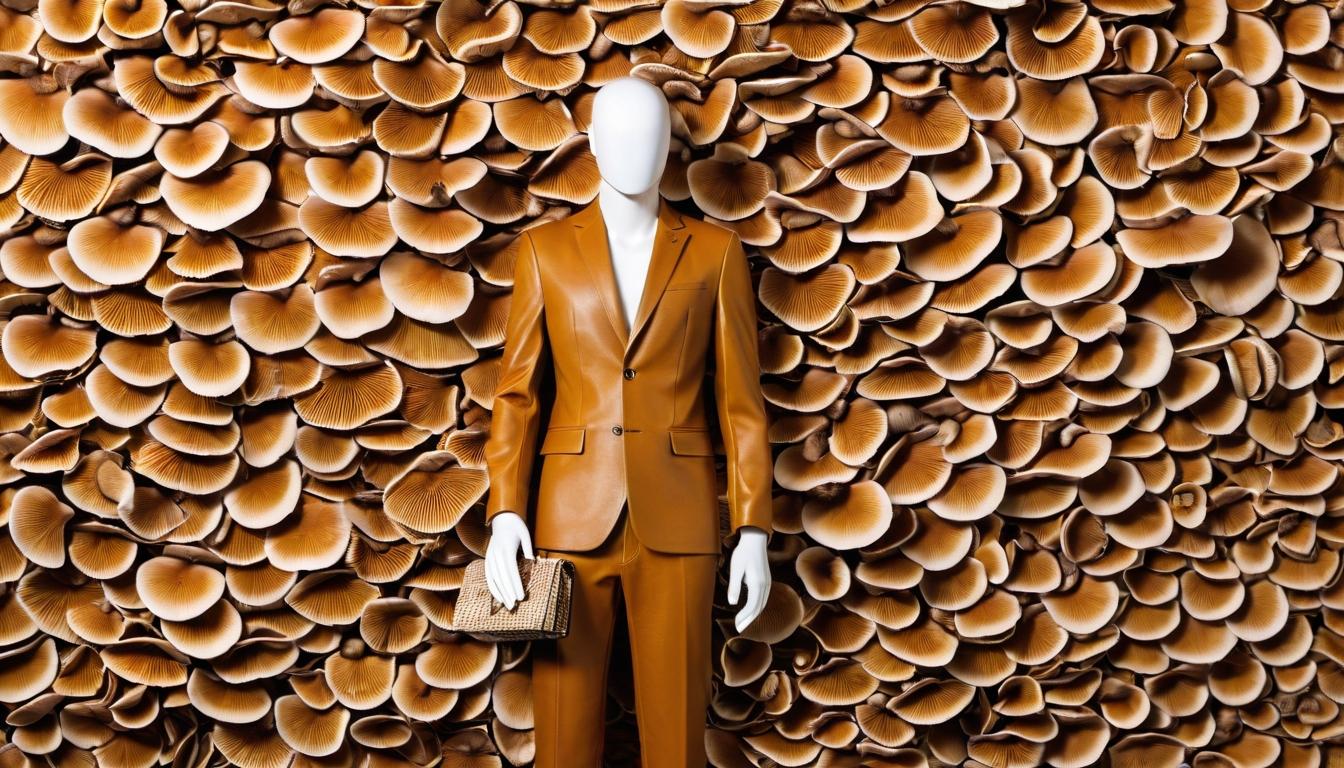In the hallowed halls of Parisian ateliers and Milanese design studios, a seismic shift is occurring beneath the surface of silk and chiffon. While luxury fashion houses continue to present opulent collections on glittering runways, a parallel narrative is unfolding—one that challenges the very foundations of high fashion's relationship with our planet.
The traditional luxury model, built on exclusivity and seasonal obsolescence, is facing unprecedented scrutiny from a new generation of conscious consumers. These aren't activists waving placards outside fashion week tents, but sophisticated shoppers who expect their six-figure handbags to carry more than just their belongings—they want them to carry values.
What began as niche eco-collections has evolved into comprehensive sustainability initiatives that span entire luxury empires. LVMH recently announced its Life 360 program, committing to traceable supply chains and circular design principles across all 75 of its brands. Kering, parent company to Gucci and Saint Laurent, has pioneered its Environmental Profit & Loss accounting system, putting monetary value on environmental impact.
The real innovation, however, isn't happening in corporate boardrooms but in material science laboratories. Mycelium leather grown from mushroom roots now rivals calfskin in texture and durability. Pineapple leaf fibers are being woven into textiles that feel suspiciously like silk. Even spider silk proteins, produced through fermentation rather than arachnid farming, are creating fabrics that could make traditional materials obsolete.
Yet the most compelling story isn't about materials—it's about mindset. The emerging luxury consumer doesn't see sustainability as a compromise but as an enhancement of value. They're investing in pieces with provenance, garments that tell stories of ethical production and artisanal craftsmanship. The conversation has shifted from 'how much does it cost' to 'how was it made' and 'who made it'.
This transformation extends beyond environmental concerns to social accountability. The same consumers demanding organic cotton are asking about fair wages for seamstresses and transparency in the supply chain. Luxury brands are responding with unprecedented openness, some even publishing factory locations and worker compensation data.
The financial implications are staggering. The secondhand luxury market is projected to reach $77 billion by 2025, according to recent Bain & Company analysis. This isn't just about thrift—it's about the recontextualization of value. A vintage Chanel jacket isn't just a garment; it's a piece of fashion history with its own carbon footprint redemption story.
Technology is accelerating this revolution. Blockchain authentication allows consumers to trace a handbag's journey from raw material to retail shelf. Digital product passports embedded with NFC chips provide access to a garment's entire lifecycle story. Even AI is being deployed to optimize pattern cutting, reducing fabric waste by up to 30%.
The aesthetic evolution has been equally remarkable. Sustainability no longer means beige linen and shapeless silhouettes. Designers are embracing innovative materials as creative opportunities—iridescent fabrics made from recycled ocean plastic, couture gowns woven from regenerated nylon fishing nets, and accessories crafted from apple waste.
Perhaps the most significant development is the changing definition of luxury itself. The new luxury isn't about ostentatious consumption but conscious curation. It's about owning fewer, better things that align with personal values. The status symbol is no longer the logo but the story behind the product.
This quiet revolution represents the most fundamental shift in luxury fashion since the industrial revolution. It's not about saving the planet at the expense of beauty, but about redefining beauty to include responsibility. The future of luxury isn't less—it's better, smarter, and more meaningful than ever before.
The quiet revolution in sustainable luxury fashion

